Retro Replay Review
Gameplay
S.O.S. delivers a tense blend of exploration and puzzle-solving as Sydney the Droid searches the ruined city of Alpha Five for his plane’s radio. Players guide Sydney through sprawling urban sectors filled with hostile robots that patrol along predictable paths. Each encounter with a robot costs one of Sydney’s three precious lives, adding a layer of strategic caution to every step. This risk-reward dynamic keeps the heart racing—do you dash for that glowing terminal or circle back for a safer route?
(HEY YOU!! We hope you enjoy! We try not to run ads. So basically, this is a very expensive hobby running this site. Please consider joining us for updates, forums, and more. Network w/ us to make some cash or friends while retro gaming, and you can win some free retro games for posting. Okay, carry on 👍)
The obstacles in S.O.S. are cleverly integrated into the world design. Computer terminals, fences, and various barriers block Sydney’s path, but nothing is permanent. Each barrier can be dismantled or bypassed with the right tool, which you’ll find scattered throughout the city. Scouring every corner for keys, wrenches, or energy cells becomes a satisfying loop, as you piece together the sequence of actions needed to open new areas and edge closer to the elusive radio.
A particularly unique mechanic in S.O.S. is the day-night cycle. As time passes in real-time or by in-game timer, shadows fall and the city plunges into darkness. Navigating without a lantern becomes virtually impossible, so managing your time and planning your forays before dusk is critical. This adds both urgency and realism, forcing players to weigh the benefits of prolonged exploration against the risk of being stranded in pitch black.
The interface is straightforward yet informative. The bottom half of the screen constantly displays Sydney’s status—remaining lives, current carried item, and a simple map overlay. This minimalist HUD keeps the focus on the action above, while ensuring you never lose track of essential resources or your progress through the city’s tangled streets.
Graphics
S.O.S. sports a retro-futuristic visual style that feels both nostalgic and fresh. The isometric cityscape of Alpha Five is rendered with crisp pixel art, evoking classic titles from the golden age of home consoles. Each building exterior and shadowy alley feels distinct, inviting players to commit these locations to memory as they map out safe routes and item caches.
The character sprite for Sydney the Droid is surprisingly expressive for its size. Simple animations—like a slight tilt when turning corners or a quick blink when idle—breathe life into the steel-clad hero. Meanwhile, the robots patrolling the streets exhibit a menacing smoothness in their movement patterns, making avoiding them a visually engaging challenge rather than a mere exercise in timing.
Lighting effects are handled with particular care. During daytime, the city glows with warm tones, but as dusk approaches, the palette shifts to deep purples and blues, heightening the sense of danger. When Sydney lights his lantern, the small circle of light not only illuminates the immediate area but also casts dynamic shadows on nearby structures—adding to the immersive feel of navigating through a living, albeit abandoned, city.
Even the interface elements blend seamlessly with the visual design. Inventory icons are clear and thematic, and the status bar at the bottom feels like an integrated control panel rather than a separate overlay. This cohesive art direction ensures that every visual element contributes to the game’s tense, futuristic atmosphere.
Story
At its core, S.O.S. offers a straightforward yet compelling narrative: Sydney the Droid is the lone survivor of a plane crash on the harsh planet Alpha Five. Stranded in a city overrun by hostile machines, he must locate the plane’s radio to call for rescue before his limited power supply runs out. This simple premise creates an immediate goal that players can rally behind, fostering a genuine emotional investment in Sydney’s survival.
Though the story unfolds without lengthy cutscenes or dialogue trees, environmental storytelling fills in the blanks. Scorched buildings, discarded robot parts, and flickering neon signs hint at the city’s once-thriving past and sudden descent into chaos. Every new district feels like a piece of a larger puzzle, gradually revealing the fate of this mechanical metropolis.
The absence of verbose exposition works to S.O.S.’s advantage. By trusting players to piece together the narrative from context clues and item descriptions, the game avoids tedious exposition and keeps the pace brisk. Each discovery—whether it’s a data chip detailing a robot uprising or a maintenance log describing a failed defense protocol—adds depth to the world without slowing down the action.
In the end, the story’s emotional core is the ticking clock: will Sydney make contact before the city’s darkness swallows him for good? This ever-present sense of urgency gives every exploration run a narrative weight that few puzzle-adventure games manage to achieve.
Overall Experience
S.O.S. strikes a fine balance between challenge and reward. The combination of life management, item-based puzzles, and a looming nightfall creates an addictive gameplay loop. Whether you’re a fan of methodical exploration or heart-pounding stealth, there’s something here to keep you engaged for hours on end.
The difficulty curve is well calibrated. Early sections ease you into the mechanics—finding your first lantern, dodging basic patrols, and disabling simple barriers. As you progress, the puzzles grow more intricate and the robot patterns more unpredictable, ensuring that mastering Alpha Five feels like a real accomplishment.
Moreover, the game’s pacing is thoughtfully designed. Even when you have to retrace your steps after losing a life, the city’s layout and the replenishing of certain items help avoid frustration. Each failure feels like a lesson learned rather than a cheap punishment, encouraging perseverance and strategic planning.
For players seeking a concise yet rich adventure filled with atmospheric graphics, clever puzzles, and an underlying tension that never relents, S.O.S. is an excellent choice. Its blend of retro aesthetics and modern design sensibilities makes it a standout title for anyone craving a memorable survival puzzle experience.
 Retro Replay Retro Replay gaming reviews, news, emulation, geek stuff and more!
Retro Replay Retro Replay gaming reviews, news, emulation, geek stuff and more!
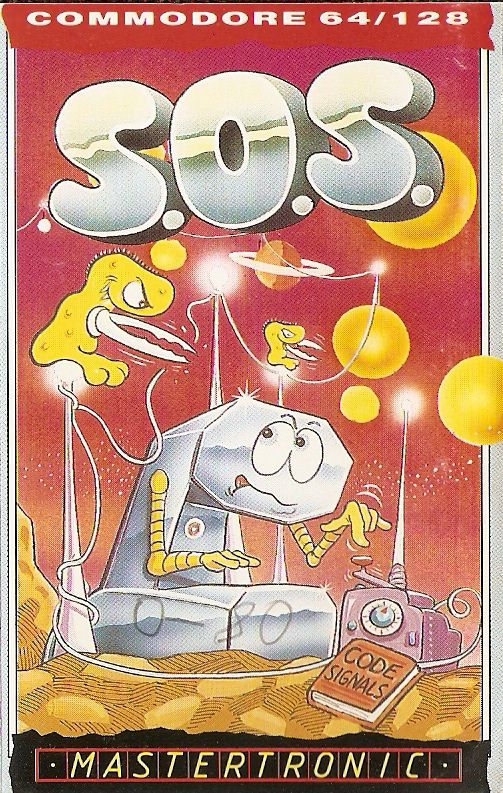
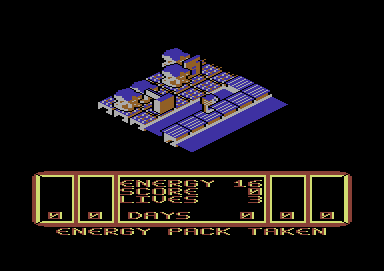
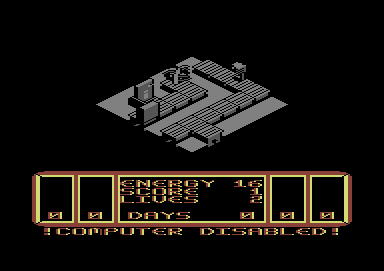
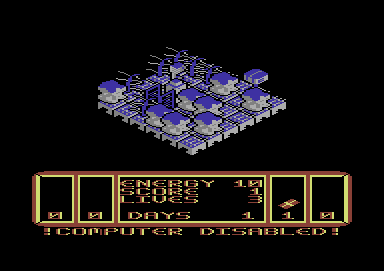
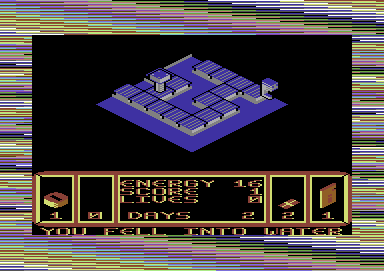
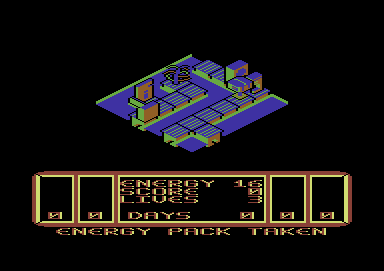



Reviews
There are no reviews yet.